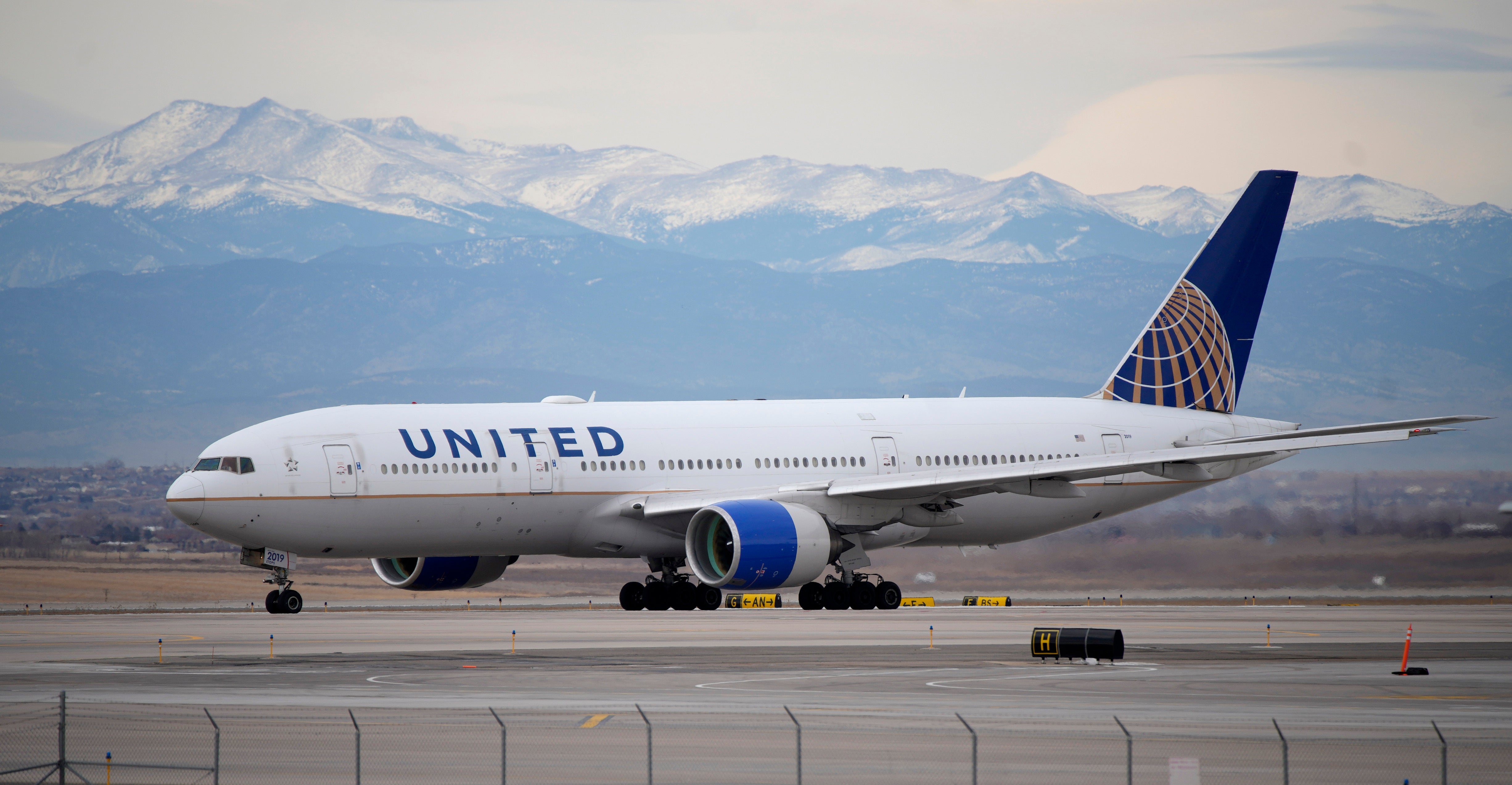Investigators reveal why plane plummeted to just above ocean’s surface last year
Federal investigators say that miscommunication between pilots led to a United Airlines plane diving within 748 feet of the ocean’s surface shortly after takeoff from Hawaii in December

Your support helps us to tell the story
From reproductive rights to climate change to Big Tech, The Independent is on the ground when the story is developing. Whether it's investigating the financials of Elon Musk's pro-Trump PAC or producing our latest documentary, 'The A Word', which shines a light on the American women fighting for reproductive rights, we know how important it is to parse out the facts from the messaging.
At such a critical moment in US history, we need reporters on the ground. Your donation allows us to keep sending journalists to speak to both sides of the story.
The Independent is trusted by Americans across the entire political spectrum. And unlike many other quality news outlets, we choose not to lock Americans out of our reporting and analysis with paywalls. We believe quality journalism should be available to everyone, paid for by those who can afford it.
Your support makes all the difference.Federal investigators said Thursday that miscommunication between pilots led to a United Airlines jet diving within 748 feet (228 meters) of the ocean’s surface shortly after takeoff from Hawaii in December.
The National Transportation Safety Board said in a final report that the crew failed to manage the plane's vertical path, airspeed and nose direction after the mix-up between the captain and co-pilot.
After a normal takeoff during heavy rain at Kahului Airport on the island of Maui, the captain asked the co-pilot, or first officer, to reset the wing flaps, but the co-pilot heard “15” instead of “five," according to the NTSB.
Soon the pilots realized that the plane was pitched downward and accelerating.
“At this point I knew the captain was having difficulty with airspeed control ... I couldn’t be certain what the captain was dealing with," the co-pilot later told investigators.
The plane's nose continued to pitch down, and the co-pilot saw through the windshield that they were breaking through the cloud cover.
“I instantly recognized the severity of our situation,” he said. “I announced, ‘Pull up, pull up, pull up, pull up' many times.” The plane’s ground proximity warning system sounded an alarm too.
From more than 2,200 feet (670 meters), the Boeing 777 plunged more than 1,400 feet (427 meters) toward the Pacific Ocean before the pilots — who were not named in the report — were able to recover, according to the NTSB.
The captain said he decided to continue on to San Francisco after the chief flight attendant told him that “everyone was OK” and there was no apparent damage to the plane. The rest of the trip was routine.
There were 271 passengers and 10 crew members on board. The 55-year-old captain had nearly 20,000 hours of flying experience, a considerable amount. The co-pilot had 5,300 hours of flight time.
Both are still flying for United, the airline said.
“There's nothing more important than the safety of our crew and customers, which is why we’re drawing on the lessons learned from this flight to inform the training of all United pilots,” said United spokesman Joshua Freed. “Our pilots voluntarily reported this event and United fully cooperated with the independent investigation” to improve safety for the entire industry.
The Federal Aviation Administration, which regulates airlines, said earlier this year that the United pilots reported the incident under a voluntary safety-reporting program. The FAA said it reviewed the incident “and took appropriate action."
The incident attracted little attention until an aviation publication, The Air Current, reported on its analysis of data gathered from the plane.
The NTSB did not learn of the incident for two months, by which time information from the so-called black boxes had been recorded over.
The United flight took place on the same day that 36 people were hurt, 11 of them seriously, when a Hawaiian Airlines flight from Phoenix hit severe turbulence as it approached Honolulu. The National Weather Service had issued an advisory for thunderstorms and unstable air in the area.